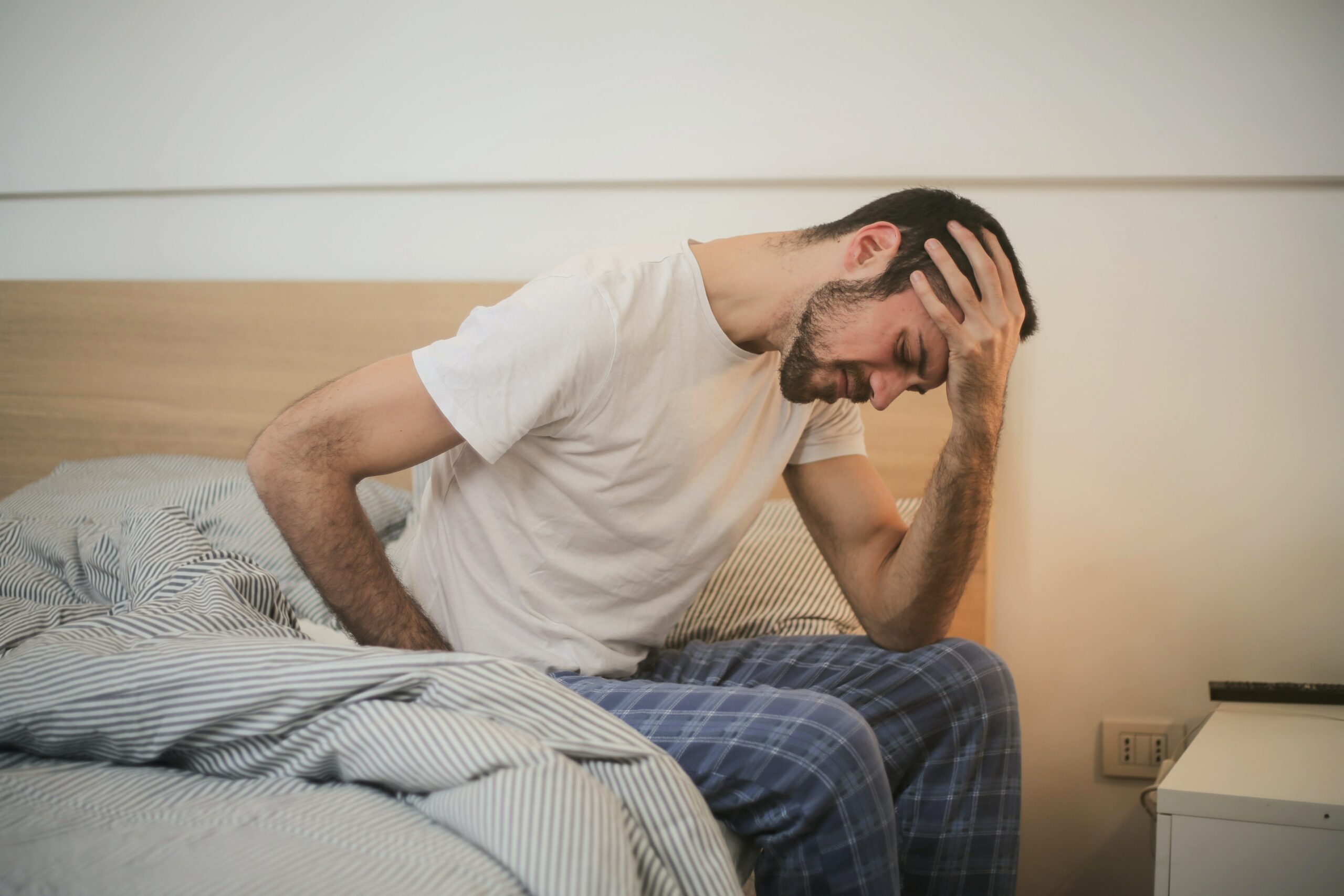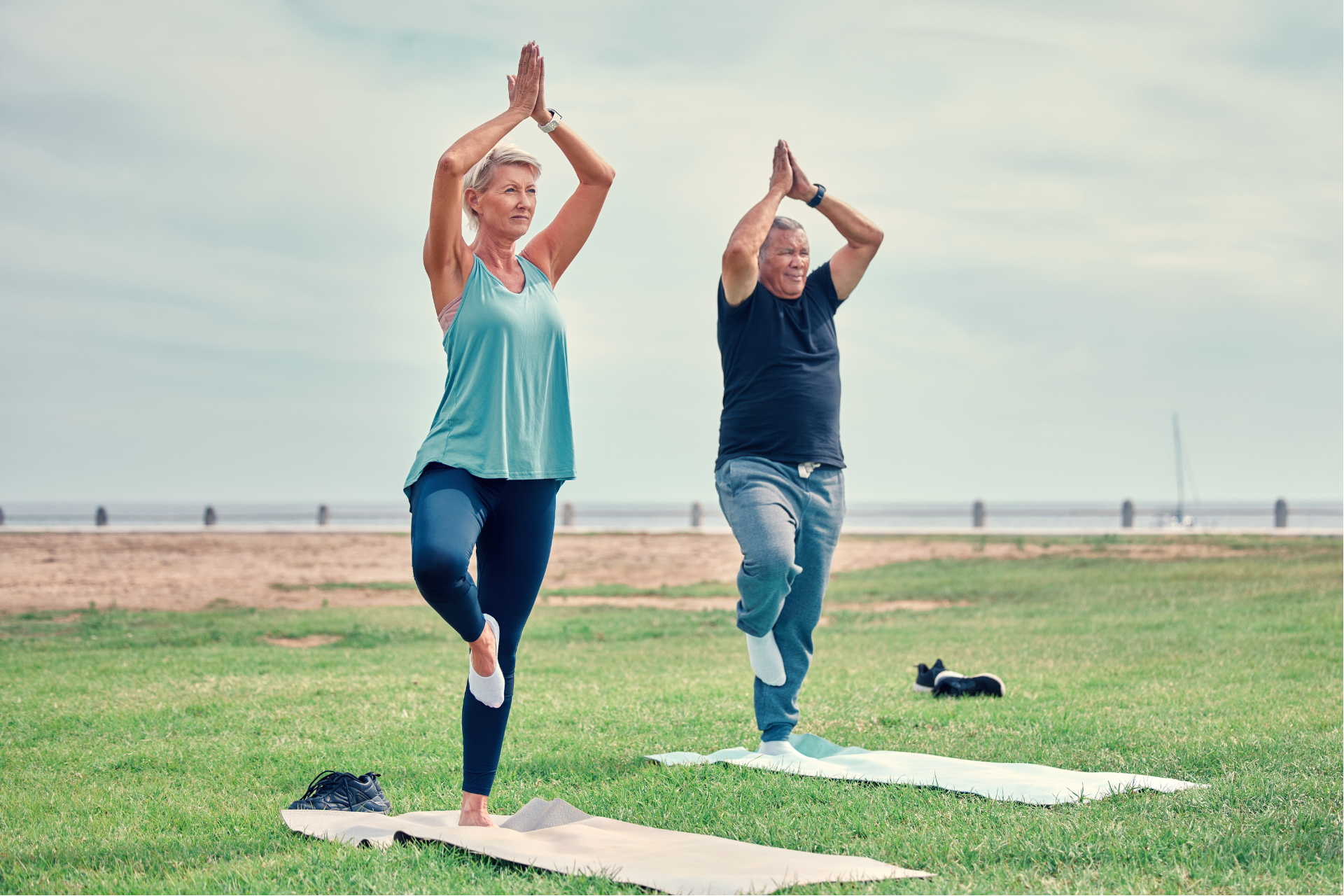Chronic pain and sleep form a vicious cycle: Pain can keep you awake at night, while inadequate sleep can exacerbate your pain. For many people living with chronic pain, getting the correct amount of sleep to support good health feels like an impossible dream, or something that can only be achieved with the help of medication. Although prescription sleep aids can be helpful in the short term, a better solution is to develop good habits and learn techniques to support healthy sleep, eliminating the need for medication and the side effects that can come with it.
But what are those habits and techniques? For many people, the answer begins with sleep hygiene.
Practicing Good Sleep Hygiene
Sleep hygiene refers to the sleep environment and habits that promote consistent, restful sleep. It includes your daily routine — for instance, do you regularly enjoy a 4 p.m. cup of coffee? — as well as the physical setting where you sleep. Sleep hygiene best practices vary from person to person; that late afternoon cup of joe might not have any measurable impact on your sleep, but it could keep someone else awake late into the evening.
When you’re living with chronic pain, your sleep hygiene is especially important. Surveys indicate that people who have chronic pain are more sensitive to their sleep environment than others, and are more likely to awaken or have insomnia due to aspects of their sleep environment, including temperature, light levels, noise, and the comfort of the bed and bedding. However, the connection isn’t always as clear as it may seem.
For people who do not have pain-induced sleep issues, sleep hygiene typically means creating a dark, cool, and quiet space where they can relax and drift off to sleep. When living with pain, though, that type of environment can actually exacerbate discomfort. Although the ideal sleep temperature is generally between 65 and 70 degrees, for instance, that could be too cool for some people with pain, increasing inflammation and discomfort. A slightly warmer room could be more comfortable.
Doctors also note that for some people with chronic pain, the silence and expectation to relax actually makes the pain “louder,” and more extreme. Without a distraction like music or television, pain comes more sharply in focus, disrupting rest. The pain itself isn’t necessarily increasing, but the quiet, calm environment can increase the perception of pain. You may need a distraction, like a white noise machine, to help you drift off.
This doesn’t mean that living with chronic pain eliminates the need for sleep hygiene. It simply means that the condition changes the parameters of sleep hygiene, and highlights the need to make changes as necessary and customize your sleep environment. That said, there are some guidelines to consider.
Sleep Hygiene Basics
To improve your sleep with chronic pain, keep these guidelines in mind:
- Make sleep a priority. Aim to go to bed and wake up at the same time every day, and avoid sacrificing sleep in favor of other activities. If you find that you aren’t sleepy, evaluate your daily habits. Daytime naps, for example, can be disruptive to healthy sleep patterns and should be avoided if you have trouble sleeping at night.
- Use your bedroom for its intended use. If you can’t sleep after 15-20 minutes in bed, get up and go to another room. The more time you spend struggling to sleep in your bedroom, the more you’ll associate the space with insomnia, increasing the stress surrounding sleep.
- Exercise. Talk with your healthcare provider about a safe exercise routine. Exercise can help alleviate the symptoms of chronic pain, and help sleep. Just avoid working out within a few hours of bedtime, as that can keep you awake.
- Invest in a mattress and bedding that alleviates your pain. Different mattresses are designed to alleviate or prevent pain. Research models that may be beneficial and provide the right type of cushioning and support to allow relaxation and sleep.
Implementing Relaxation
Another aspect of sleep hygiene is developing good habits that allow you to relax and support healthy sleep. There are a number of approaches to relaxation. For some people, meditation and deep breathing exercises before bed is an effective method for calming their mind and getting to sleep. For others, cognitive behavioral therapy, with a focus on helping you learn to control negative and destructive thought patterns to support better sleep.
Some people also engage in relaxation training, which includes learning exercises and stretches to reduce muscle tension — which in turn can reduce pain — and guided imagery sessions. Research indicates that this type of therapy and relaxation training is more effective than pain medication in the long term, and is more effective at managing insomnia.
Another way to learn stretches and movements that help to learn pain is to see a physical therapist or chiropractor. A chiropractor helps to treat chronic pain by aligning your spine, joints, and your body as a whole. It improves your health and wellness, and chiropractic treatment can be tailored to your needs. Chiropractors take a look at how your nervous system, muscles, and joints are functioning to determine what problems there might be and how to treat them. In addition to performing chiropractic adjustments and other treatments, they might be able to give you exercise to do at home.
By developing good coping skills and creating an environment conducive to your personal comfort, you can sleep well, even when you have chronic pain.









